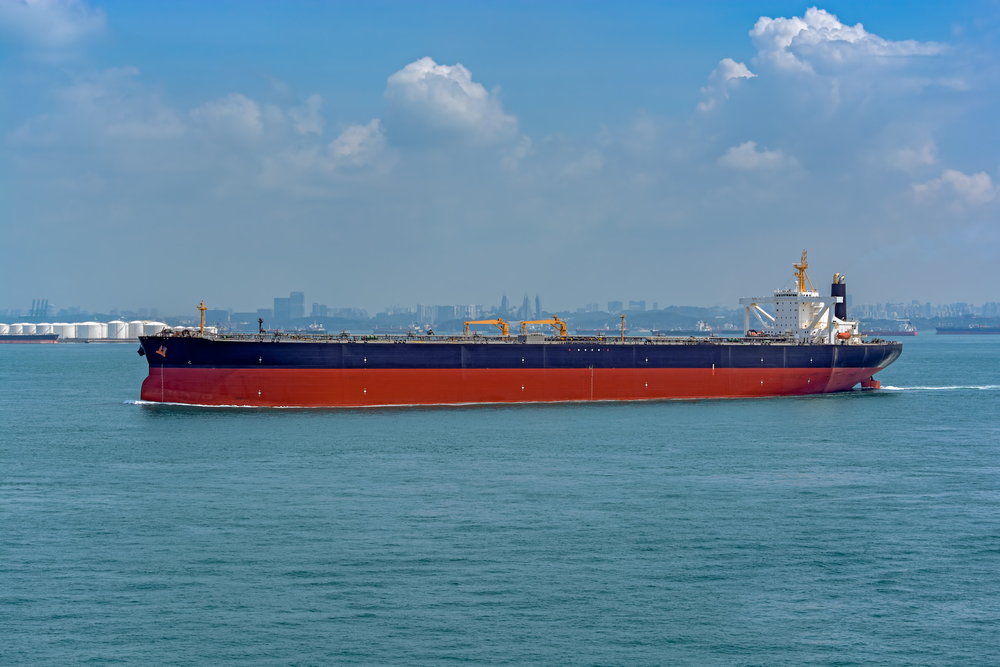EIA report shows Suez Canal and SUMED pipeline remain critical routes for global energy

A recent study from the U.S. Energy Information Administration (EIA) found that around 9 percent of the world’s seaborne traded petroleum and 8 percent of its total LNG trade passes through the Middle Eastern chokepoints known as the Suez Canal and the SUMED pipeline, making them critical to global operations.
In the report, EIA researchers chronicled how crucial these two points were for the oil and natural gas trade. From there, Persian Gulf crude oil, petroleum products, and liquefied natural gas (LNG) shipments traditionally pass to buyers in Europe and North America.
That traditional form is showing signs of change, however. The northbound flows that feed Europe and North America still represent more than half of the total petroleum passing through the Suez Canal, but their numbers are slipping. Crude oil shipments along that route are also down, largely due to a displacing flow of U.S. crude, renewed U.S. sanctions on Iran and a shift of key Middle East producers to eastern markets using other routes.
While northbound total petroleum flows have slowed in recent years, southbound flows have greatly risen, especially as the United States and Russia both turn to the Suez Canal as a route for crude oil and petroleum products to reach Asian and Middle Eastern destinations. Southbound crude oil shipments have more than doubled, as locales like Singapore, China and India see higher demand. Russia has the lion’s share of petroleum exports along this route, accounting for 24 percent of southbound petroleum traffic.
One area where the Suez Canal has seen overall declines, though, is in LNG. Owning 98 percent, Qatar dominates what northbound LNG traffic remains, their products headed mainly for European markets. As with crude oil, there are several reasons for this. For one, U.S. shale gas production and LNG exports are providing increased competition. Demand is also falling in some European destinations, even as competition for LNG heats up in Asia.
